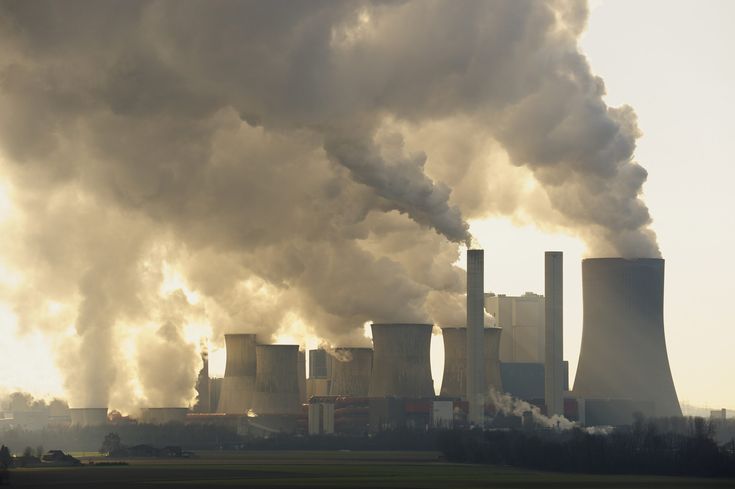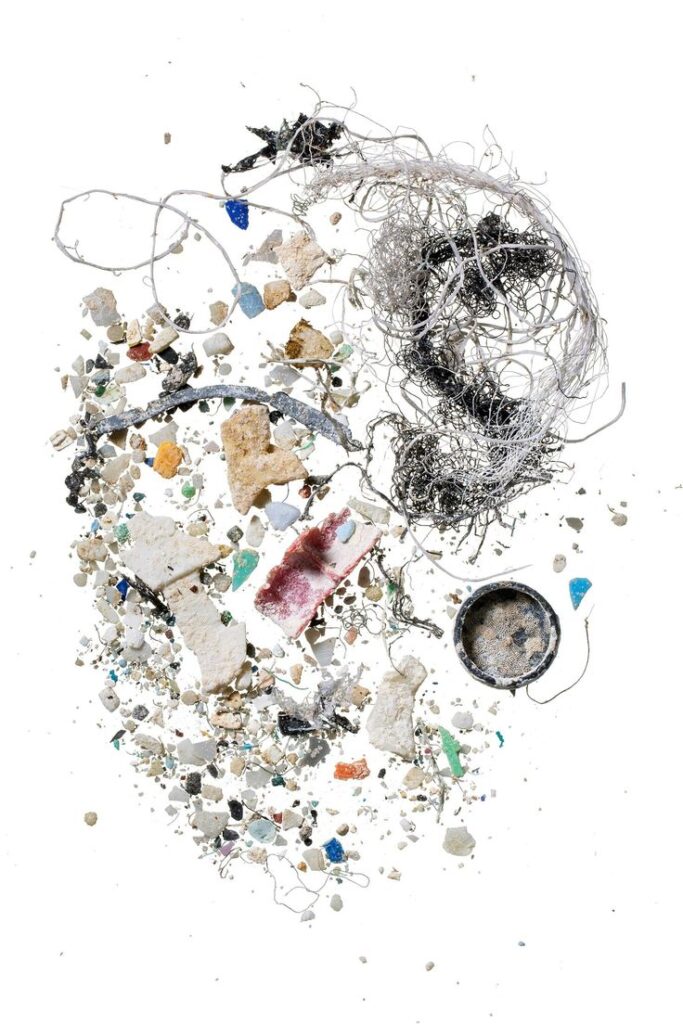
Regarding the statistics on waste generated by the fast fashion industry, it is imperative to address this pressing issue.
The data reveals an alarming reality, highlighting the detrimental impact of this industry on our environment.
More than ever before, it is crucial to acknowledge the urgency of implementing sustainable practices and promoting responsible consumption.
THE ALARMING NUMBERS
1. 92 million tonnes of textiles waste is produced every year
One of the major environmental concerns associated with fast fashion is the amount of waste it generates.
According to statistics, approximately 100 billion garments are produced each year, and a staggering 92 million tonnes of clothing end up in landfills.
To put this into perspective, it means that the equivalent of a rubbish truck full of clothes is dumped into landfills every second. This level of waste is alarming and unsustainable.
If the current trend continues, it is projected that the amount of fast fashion waste will increase even further.
By the end of the decade, it is estimated that the annual amount of clothing waste could reach 134 million tonnes.
This exponential growth in waste poses a significant challenge for waste management systems and exacerbates the already pressing issue of overflowing landfills.
2. The apparel industry’s global emissions will increase by 50% by 2030
The apparel industry is a significant contributor to global emissions, and if no action is taken to reduce fast fashion waste, it is projected that the industry’s global emissions will increase by 50% by 2030.
In a business-as-usual scenario, where no measures are implemented to address the environmental impact of the industry, it is estimated that the emissions could even double by the end of the decade.
The apparel industry’s contribution to global emissions stems from various stages of its supply chain, including raw material production, manufacturing processes, transportation, and end-of-life disposal.
Each stage involves energy consumption and greenhouse gas (GHG) emissions, which collectively contribute to the industry’s carbon footprint.

3. The average US consumer throws away 81.5lbs of clothes every year
According to the Environmental Protection Agency (EPA), textiles accounted for approximately 11.3 million tons of municipal solid waste in 2018, with only about 15% being recycled.
The average weight of discarded clothing per person can vary depending on various factors such as consumer behavior, fashion trends, and economic conditions.
However, the figure of 81.5 pounds per year provides an estimate of the average clothing waste generated by US consumers.
4. The number of times a garment is worn has declined by around 36% in 15 years
The frequency of garment usage has experienced a significant decrease of approximately 36% over a span of 15 years.
This decline can be attributed to the exacerbation of the throwaway culture, which has progressively worsened over time.
Presently, numerous articles of clothing are discarded after being worn merely seven to ten times.
This alarming trend signifies a decline of over 35% within a relatively short period of 15 years.
5. The fashion industry is responsible for 20% of global waste water
The fashion industry is indeed responsible for a significant amount of global wastewater.
The production and manufacturing processes involved in the fashion industry require large quantities of water, leading to the generation of substantial wastewater.
This wastewater contains various pollutants, including chemicals, dyes, and other harmful substances that can have detrimental effects on the environment and human health.
6. It takes 20,000 liters of water to produce one kilogram of cotton

Cotton is one of the most widely cultivated crops globally, with over 25 million tons produced annually.
However, the process of growing and harvesting cotton requires significant amounts of water. According to a study published in the Journal of Hydrology, it takes approximately 20,000 liters of water to produce one kilogram of cotton.
This amount is equivalent to the annual water needs of a single person.
7. $500 billion is lost each year because of under-wearing and failure to recycle clothes
Under-wearing and failure to recycle clothes can indeed result in significant economic losses.
The fashion industry is known for its high levels of waste and unsustainable practices, which contribute to these financial losses.
While it is challenging to provide an exact figure for the annual economic impact, various studies and reports suggest that the losses could be in the range of $500 billion.
8. Nearly 10% of microplastics dispersed in the ocean each year come from textiles

Microplastics are tiny plastic particles that measure less than 5mm in size.
They can be found in various forms, including microbeads, microfibers, and fragments.
These particles are released into the environment through a variety of sources, including industrial processes, consumer products, and waste management practices.
Textiles, such as clothing and fabrics, contribute significantly to the release of microplastics into the ocean.
When synthetic textiles like polyester, nylon, and acrylic are washed, they shed microfibers that eventually find their way into wastewater treatment plants and subsequently into rivers and oceans.
A single load of laundry can release thousands of microfibers into the water system.
9. 2.6 million tonnes of returned clothes ended up in landfills in 2020 in the US alone
In 2020, a staggering amount of returned clothes, totaling 2.6 million tonnes, ended up in landfills in the United States alone.
This significant volume of discarded clothing highlights a concerning issue within the fashion industry and its impact on the environment.
The disposal of returned clothes in landfills has detrimental effects on both the environment and human health.
When textiles decompose in landfills, they release harmful greenhouse gasses such as methane, contributing to climate change.
Additionally, the decomposition process can contaminate soil and water sources with toxic chemicals from dyes and other textile treatments.
10. Fast fashion brands are producing twice the amount of clothes today than in 2000
Fast fashion brands have indeed significantly increased their production of clothes over the past two decades.
According to various reports and studies, fast fashion brands are now producing approximately twice the amount of clothes compared to the year 2000.
The rise in production can be attributed to several factors.
Firstly, the fast fashion business model relies on frequent turnover of inventory and quick response to changing fashion trends.
This means that brands need to constantly produce new clothing items to keep up with consumer demand for the latest styles.
Additionally, fast fashion brands often offer low prices, which further drives the need for high-volume production to maintain profitability.
In conclusion, recognizing the pressing need for sustainable practices and responsible consumption is essential for the health and well-being of our planet and its inhabitants. By taking action now, we can create a more sustainable and resilient future for ourselves and future generations.
